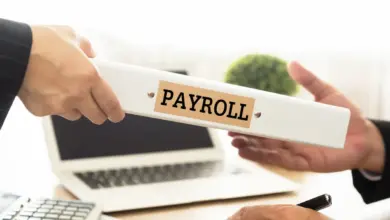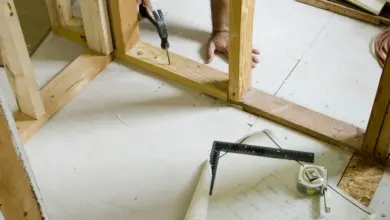How to offset your carbon footprint in four steps
The process of measuring the carbon footprint of your business is the necessary first step in reducing your carbon impact. Unless you know where you’re bleeding, you won’t know where to stop the flow.
Conveniently, carbon reductions also lead to cost reductions. Sometimes, a series of small, early adjustments can save you money immediately, while other times cost savings may take longer to surface, especially if you need to invest in environmentally friendly equipment. Either way, the cost of undertaking a carbon audit can pay itself back. So what are you waiting for?
Richard Wilson has run successful Perth-based tire retailer, TyrePower, since 1976.

As it turns out, the fluorescent lights in TyrePower’s workshops were extremely energy inefficient and were costing the business an extra $780 per month than necessary. How did Wilson find out? He did a carbon audit.
1. Bring in the boffins
The first stage of carbon management is a Greenhouse Gas (GHG) Protocol assessment to identify all the GHG emissions your business is responsible for. According to Carbon Planet, this assessment typically follows the International Standards Organisation (ISO) 14064-1 standard.
The assessment lets you know if your business needs to report under the Australian National Greenhouse and Energy Reporting Act (NGER) or the Federal Government’s pending national Carbon Pollution Reduction Scheme (CPRS). And, according to Dave Sag, Carbon Planet’s founder and chief operating officer, it’s your duty to know if you need to report.
2. Gather the data
Does it all sound a bit complicated? Maybe, yes, but like other niche functions your business outsources, you don’t need to worry about the finer details. TyrePower simply filled out the spreadsheet emailed to them by Carbon Planet.
Once Carbon Planet received the data, it processed the categories and gave the business its results. At this point, the businesses became ‘Carbon Measured’; the first of three certifications Carbon Planet offers.
3. Reduce your impact
The second certification is ‘Carbon Managed’, achieved when businesses develop their carbon mitigation strategy. TyrePower chose to immediately offset its 314 tonnes, followed by carbon minimization measures.
Carbon offsetting is the process of buying carbon credits to match those you use. Credits are traded on the free market and can come in different forms, such as tree plantations or renewable energy projects. Purchasing one credit ‘offsets’ one tonne of carbon dioxide.
The third and final certificate offered is ‘Carbon Minimised’, the process of reducing emissions. This part of the process may incur investment costs, as your business transitions to a more efficient way of operating.
4. Crunch the numbers
Carbon Planet’s work at TyrePower cost Wilson $6000. His 314 carbon credits cost $15 each plus GST, $5181 altogether.
“The new globes cost us $10,000,” he says. “It will take around 11 months to break even, then, after 24 months, there will be a $7200 saving per month across our sites, shaving 66% off our previous lighting costs. And the globes last 10 times longer!”
Wilson is rolling out a local television and newspaper marketing campaign – ‘Our tires may be black but we are green’ – and has ordered 20,000 letterheads printed on 100% recycled paper featuring the company’s new ‘Carbon Managed’ logo.
“We are also considering adding an ‘environmental levy’ to our invoices,” he says. “We spent 13 cents per customer doing the audit and buying the offsets, so if I can add an environmental levy of $1 on each invoice, I’m ahead. Which isn’t why I did it, but it helps.”




